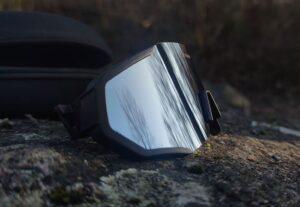Welcome to the world of kayaking, where the open waters beckon and adventure awaits around every bend. Whether you’re a novice setting out on your maiden voyage or an experienced kayaker looking to refine your skills, this guide is your gateway to paddling like a pro. Kayaking isn’t just a sport; it’s an art form that connects you with nature’s beauty, and it’s accessible to all.
Join us as we explore the tips, tricks, and techniques that will elevate your kayaking game and make your journeys on the water unforgettable. Get ready to embrace the serene rhythm of paddling and the thrill of exploration.
Kayaking like a Pro? Find out how!
Embarking on a kayaking adventure isn’t just about floating downstream; it’s about mastering the art of maneuvering through various water conditions, understanding the intricacies of your kayak, and becoming one with the currents. Whether you’re drawn to serene lakes, meandering rivers, or the adrenaline rush of whitewater rapids, this guide has you covered.
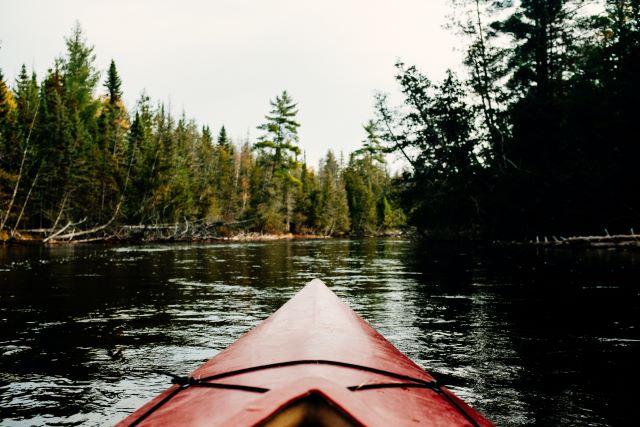
We’ll delve into essential kayaking techniques, safety measures, and gear insights that will not only boost your confidence but also enhance your connection with nature. Whether you’re planning a leisurely paddle or an exhilarating expedition, these tips and tricks will help you paddle like a seasoned pro. So, grab your paddle, don your life jacket, and let’s set out on a kayaking journey like no other.
Understanding the Basics
Different types of kayaks and their purposes
Before you dive into the world of kayaking, it’s essential to acquaint yourself with the various types of kayaks available and their specific purposes. Kayaks come in a range of styles, each designed to excel in certain conditions and activities. Whether you’re interested in recreational kayaking, touring, fishing, or whitewater adventures, we’ll break down the key differences between kayak types and help you choose the one that aligns with your kayaking goals.
From sleek sea kayaks built for long journeys to stable recreational kayaks perfect for a day on the lake, we’ll guide you through the options, ensuring you make an informed choice for your kayaking pursuits.
Essential equipment and safety gear
When it comes to kayaking, safety should always be a top priority. Before you embark on any paddling adventure, it’s crucial to have the right equipment and safety gear at your disposal. In this section, we’ll provide a comprehensive checklist of the essential items you need to ensure a safe and enjoyable kayaking experience.
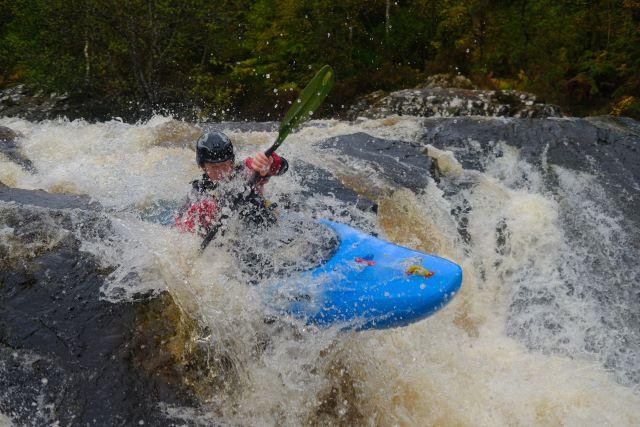
From life jackets and paddles to safety whistles and first-aid kits, we’ll cover all the gear you should carry on every outing. Additionally, we’ll delve into the importance of understanding weather conditions, river currents, and navigation aids, so you can make informed decisions while on the water. Safety is paramount, and being well-prepared is the key to a successful kayaking journey.
Proper paddling techniques and posture
Achieving mastery in kayaking begins with honing your paddling techniques and maintaining the right posture. In this section, we’ll delve into the art of paddling, covering everything from holding the paddle correctly to executing efficient strokes. Proper paddling not only enhances your control and speed but also conserves your energy for longer journeys.
We’ll also discuss the significance of maintaining good posture while kayaking to prevent fatigue and reduce the risk of injury. Whether you’re navigating calm waters or tackling challenging rapids, mastering these techniques will significantly elevate your kayaking skills and ensure a more enjoyable time on the water.
Mastering Kayaking Techniques
Forward paddling and maneuvering strokes
To truly paddle like a pro, you’ll need to master the fundamental techniques of kayaking. In this section, we’ll break down two crucial skills: forward paddling and maneuvering strokes. Forward paddling is the foundation of kayaking, allowing you to move smoothly through the water with precision and efficiency. We’ll provide step-by-step instructions on how to perfect your forward stroke, ensuring you get the most out of every paddle.
But kayaking isn’t just about going in a straight line; it’s also about maneuvering with finesse. That’s where the art of maneuvering strokes comes into play. We’ll introduce you to essential strokes like the sweep, draw, and rudder strokes, which will give you the ability to turn and navigate your kayak effortlessly.
With these techniques in your repertoire, you’ll have the confidence and skill to tackle various water conditions and enjoy the full range of kayaking experiences, from serene lake paddling to exciting whitewater adventures.
Efficient bracing and turning techniques
In the world of kayaking, staying stable and mastering turns are essential skills for paddling like a pro. This section will dive into efficient bracing and turning techniques that will not only boost your confidence on the water but also ensure your safety in challenging conditions.
Bracing is the art of preventing capsizes, especially when facing rough waters or unexpected waves. We’ll guide you through the techniques of high and low bracing, helping you maintain balance and control in various situations.
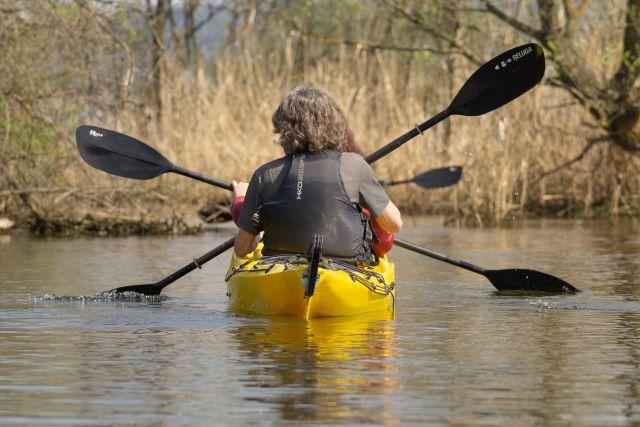
Turning your kayak smoothly is equally important, whether you’re navigating tight corners or exploring winding rivers. We’ll explore techniques like the sweep and edging to help you execute controlled turns with ease, allowing you to explore every waterway with confidence.
By mastering these bracing and turning techniques, you’ll be well-prepared to handle any kayaking scenario that comes your way, making your paddling adventures safer and more enjoyable.
Dealing with challenging conditions like wind and currents
Mother Nature can add an extra layer of complexity to your kayaking adventures, especially when dealing with factors like wind and currents. In this section, we’ll provide you with valuable insights and techniques to navigate these challenging conditions like a seasoned kayaker.
Strong winds can quickly turn a tranquil paddle into an exhausting struggle. We’ll share tips on how to handle headwinds, tailwinds, and crosswinds, allowing you to maintain control and make progress even when the breeze is against you.
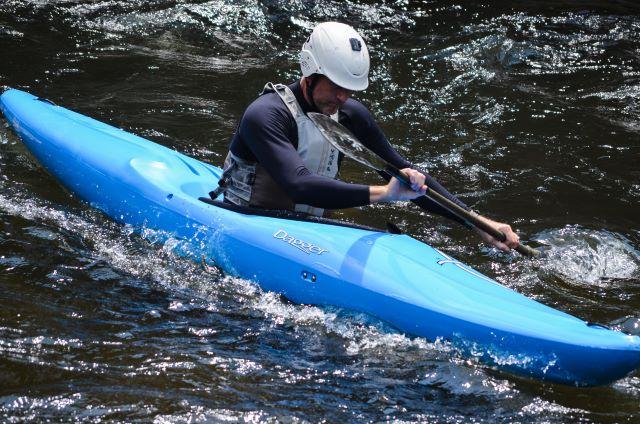
Understanding and working with water currents is equally crucial. We’ll delve into the dynamics of river currents, tidal currents, and how to use eddies and currents to your advantage. These skills are particularly essential for river and coastal kayaking.
By learning how to deal with wind and currents effectively, you’ll gain the confidence to tackle diverse environments and fully enjoy the beauty of kayaking in all its forms.
Exploring Kayaking Gear and Accessories
Essential gear: paddles, spray skirts, and dry bags
To paddle like a pro, you’ll need the right gear and accessories to complement your skills. In this section, we’ll take a deep dive into the essential gear that every kayaker should have in their arsenal.
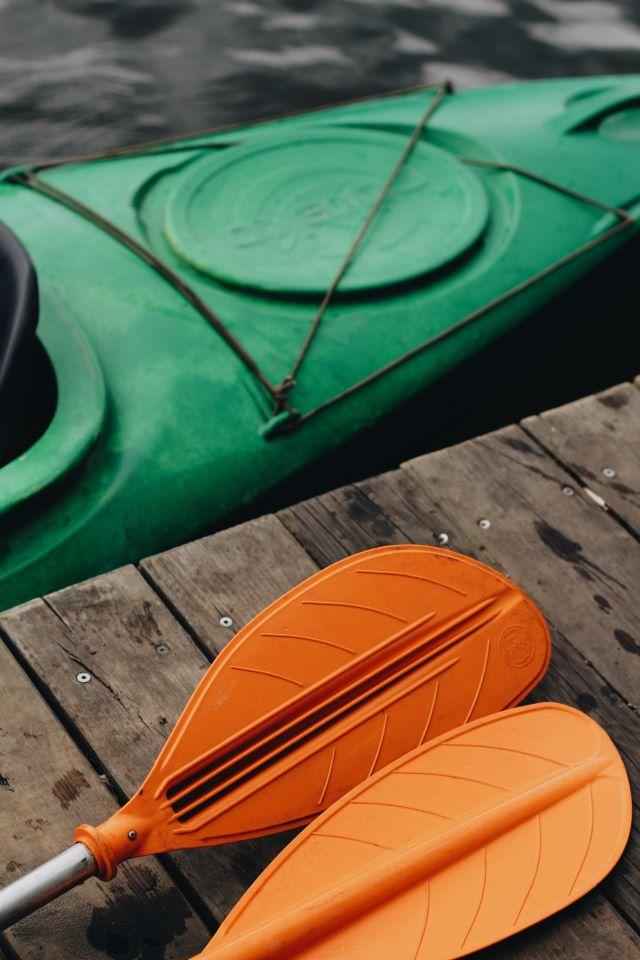
- Paddles: Your connection to the water begins with the paddle. We’ll discuss the different types of paddles available, such as feathered and unfeathered, and help you choose the one that suits your kayaking style. We’ll also cover proper paddle sizing and maintenance to ensure your paddle remains in top condition.
- Spray Skirts: Keeping dry while kayaking is crucial for comfort and safety. We’ll explain how spray skirts work and why they’re essential for keeping water out of your kayak, especially in choppy waters. Learn how to choose the right spray skirt for your kayak and how to use it effectively.
- Dry Bags: Protecting your gear and essentials from getting wet is vital on any kayaking expedition. We’ll introduce you to the world of dry bags, which are essential for keeping your clothing, food, and electronics safe and dry. Discover different types of dry bags and how to pack them efficiently.
Understanding and investing in the right gear and accessories will enhance your kayaking experience, ensuring you’re well-prepared for any adventure that comes your way.
Choosing the right kayak for your needs and preferences
Selecting the ideal kayak is vital for your paddling journey. In this section, we’ll guide you through the process, covering kayak types, sizing, and essential features. By the end, you’ll confidently choose a kayak that matches your needs and preferences.
When it comes to choosing the right kayak, consider various types:
- Recreational Kayaks: These are great for calm waters like lakes and slow-moving rivers, perfect for beginners looking for stability and ease of use.
- Touring Kayaks: Designed for longer journeys, these kayaks offer speed and efficiency, making them ideal for coastal or open-water exploration.
- Sit-on-Top Kayaks: These are versatile and user-friendly, excellent for warm climates and beginners who prefer easy entry and exit.
- Whitewater Kayaks: Built to handle fast-flowing rivers and rapids, they are agile and maneuverable, perfect for adrenaline-seeking paddlers.
- Fishing Kayaks: Equipped with fishing-specific features, these kayaks are tailored for anglers who want to combine their love of kayaking with fishing adventures.
- Sea Kayaks: Designed for open-sea adventures, they offer stability and ample storage for long-distance touring.
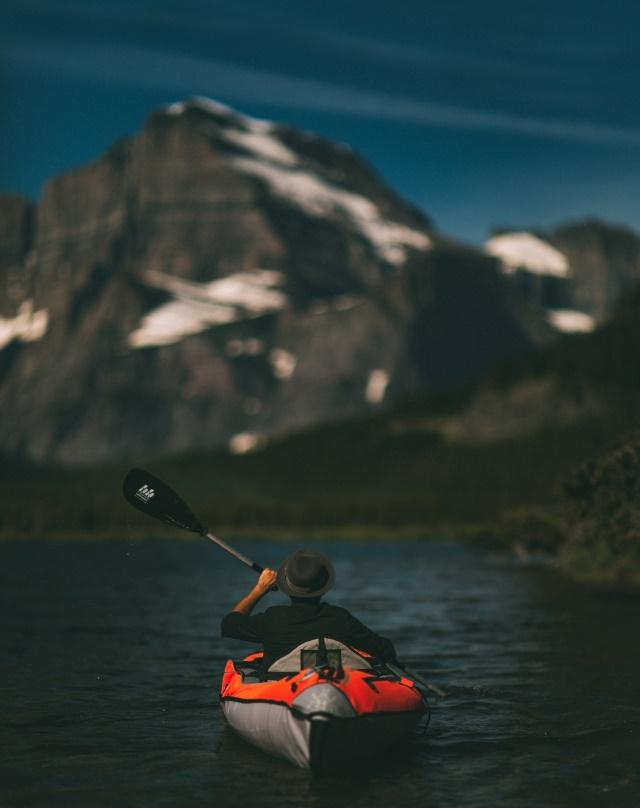
Each type serves a different purpose, so choose the one that aligns with your kayaking goals.
Optional accessories for comfort and convenience
To enhance your kayaking experience and ensure you’re well-prepared for your adventures, consider these optional accessories:
- Padded Seat Cushion: For added comfort during long paddling sessions, a padded seat cushion can make a significant difference.
- Kayak Cart: Transporting your kayak from your vehicle to the water can be a breeze with a kayak cart, saving you effort and preventing unnecessary strain.
- Waterproof Phone Case: Keep your smartphone safe and accessible for navigation, photos, and emergencies with a waterproof phone case.
- Kayak Anchor: An anchor can help you stay in place while fishing or taking a break, preventing drift on the water.
- Paddle Leash: Ensure you don’t lose your paddle in challenging conditions by attaching a paddle leash to your kayak.
- Deck Bag: A deck bag provides additional storage space for essentials like snacks, sunscreen, and a camera.
- Kayak Rack: If you’re planning on transporting multiple kayaks, a kayak rack for your vehicle can simplify the process.
These accessories can add convenience and comfort to your kayaking trips, allowing you to focus on the beauty of the water and nature around you.
Choosing the Right Kayaking Location
Factors to consider when selecting a kayaking spot
Selecting the perfect kayaking location is crucial for a safe and enjoyable experience. Here are some factors to consider when picking your paddling spot:
- Skill Level: Your skill level plays a significant role in choosing a location. Beginners should opt for calm waters like lakes or slow-moving rivers, while experienced kayakers can explore more challenging environments like coastal waters or fast-flowing rivers.
- Water Conditions: Assess the water conditions, including tides, currents, and waves. These factors can impact your kayaking experience and safety.
- Scenery and Wildlife: Consider the natural beauty and wildlife you’d like to encounter. Coastal areas might offer stunning seascapes, while inland locations may provide serene forested surroundings.
- Accessibility: Check how easily you can access the water. Some spots may require longer portages or hiking to reach the launch point.
- Crowds: Think about your preference for solitude or company. Popular kayaking spots might have more fellow paddlers, while remote locations offer quieter experiences.
- Permits and Regulations: Ensure you’re aware of any permits, regulations, or restrictions in your chosen location. Some areas may have rules regarding camping, fishing, or wildlife protection.
- Weather and Season: Take into account the weather and season. Different times of the year may offer varying conditions and experiences.
- Local Knowledge: Seek advice from local kayakers or outfitters who can provide insights into the best spots and safety tips.
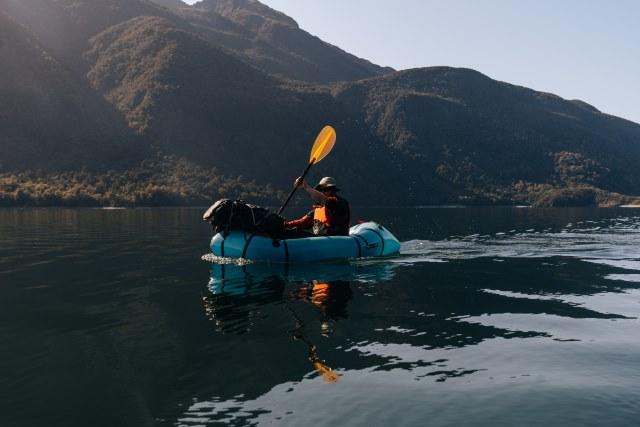
By considering these factors, you can select a kayaking location that aligns with your skills, preferences, and the kind of adventure you’re seeking.
Exploring calm lakes and rivers for beginners
For novice kayakers, calm lakes and slow rivers are ideal starting points. Here’s why:
- Stability and Safety: These waters offer stability and safety, reducing unexpected challenges.
- Scenic Beauty: Enjoy stunning scenery, wildlife, and a peaceful connection to nature.
- Skill Development: Hone essential skills without complex conditions.
- Relaxation: Unwind, destress, and appreciate the outdoors.
- Accessibility: Easily accessible launch points for convenience.
- Family-Friendly: Great for introducing children to kayaking.
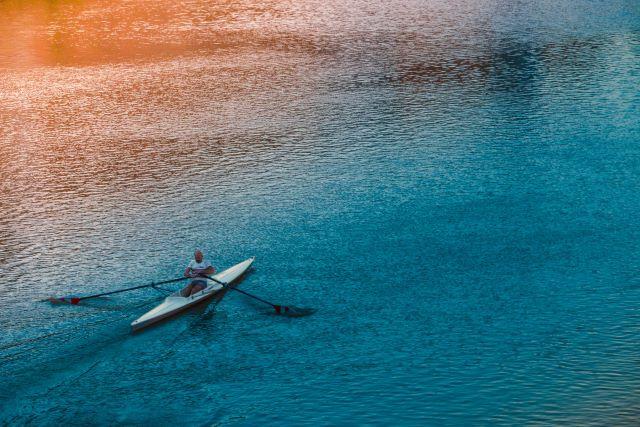
Remember safety precautions, gear, and local guidelines for a fantastic beginner’s kayaking experience.
Venturing into coastal waters and rapids for advanced paddlers
Experienced kayakers seeking a thrilling challenge often turn to coastal waters and fast-flowing rivers. These environments provide the adrenaline rush that advanced paddlers crave. Navigating tides, currents, and rapids requires advanced technical skills, including precise maneuvering and reading water features.
Coastal areas offer stunning seascapes and encounters with marine life, while river rapids provide a thrilling natural rollercoaster surrounded by rugged landscapes. Paddling in these challenging environments pushes your limits and rewards you with a sense of adventure and accomplishment.
However, it’s crucial for advanced kayakers to have in-depth knowledge of safety protocols, rescue techniques, and the ability to handle unexpected situations. Consulting with local kayakers or outfitters for insights and recommendations is advisable. Prioritizing safety with proper gear and a clear understanding of your abilities is paramount in these unforgiving environments.
Navigating Different Water Environments
Tips for kayaking in lakes and flatwater
Kayaking on serene lakes and calm flatwater can be a delightful experience. To make the most of your journey, consider the following tips:
- Choose the Right Kayak: Opt for a stable kayak designed for flat water.
- Prioritize Safety: Always wear a PFD and carry essential safety gear.
- Check the Weather: Be aware of changing weather conditions.
- Master Paddling Technique: Learn proper techniques for efficient paddling.
- Enjoy Wildlife: Bring binoculars to observe wildlife respectfully.
- Pack Essentials: Sunscreen, a hat, sunglasses, and water are essentials.
- Navigation: Carry a map or GPS device for navigation.
- Plan Your Route: Prepare a route and note interesting landmarks.
- Leave No Trace: Pack out all trash and respect nature.
- Shared Adventure: Kayaking is a great group or family activity.
- Sunset Magic: Evening paddles, especially at sunset, can be enchanting.
- Local Regulations: Know and follow local rules and restrictions.
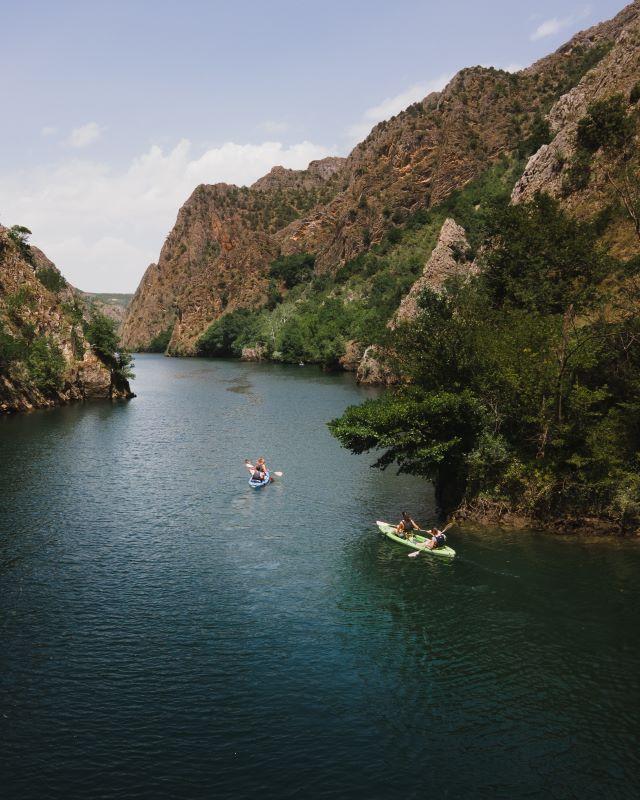
With these tips, you can have a safe and memorable kayaking experience in tranquil lake and flatwater settings.
Techniques for paddling in rivers and streams
Navigating the dynamic currents of rivers and streams requires specific techniques. Here are some essential tips for a successful kayaking experience in these environments:
- River Kayak Selection: Choose a kayak designed for river kayaking. These boats are typically shorter, more maneuverable, and have rounded hulls to handle varying water conditions.
- Paddle Responsively: Maintain a firm grip on your paddle and be ready to use quick, precise strokes to steer and adjust your direction in fast-moving water.
- Reading the Water: Learn to read the river’s flow and anticipate obstacles like rocks, rapids, and eddies. Look for the “V” patterns on the water’s surface to identify safe routes.
- Eddy Turns: Master eddy turns, a fundamental skill in river kayaking. Paddle into calm pockets of water (eddies) near the shore to rest and plan your route.
- Ferrying Across Currents: To cross a river, use a ferry angle to move diagonally downstream, avoiding the full force of the current. This technique is essential for river crossings.
- Bracing: Practice bracing techniques to prevent capsizing. Learn low and high braces to maintain stability when the kayak tilts.
- Rolling: In the event of a capsize, a reliable roll can save you time and discomfort. Consider taking a rolling class to master this skill.
- River Signals: Familiarize yourself with common river signals used by kayakers to communicate with others in your group. These hand signals can convey important information, such as “stop” or “help.”
- Group Dynamics: Kayaking in rivers is often a group activity. Communicate effectively with your paddling partners, and have a plan for rescues and assistance if someone gets into trouble.
- Hydration and Nutrition: Rivers can be physically demanding, so stay hydrated and carry energy snacks to keep your strength up during the journey.
- Safety Gear: Wear a helmet and a personal flotation device (PFD) designed for river use. Ensure your gear is in excellent condition before setting out.
- River Classification: Understand the river’s classification system to assess its difficulty level. Start with lower-class rapids and gradually progress to more challenging ones as your skills improve.
- Swiftwater Rescue Skills: Consider taking swiftwater rescue courses to learn how to respond in emergency situations and assist others in need.
- River Ethics: Respect the environment by following Leave No Trace principles. Avoid disturbing wildlife, and pack out all trash.
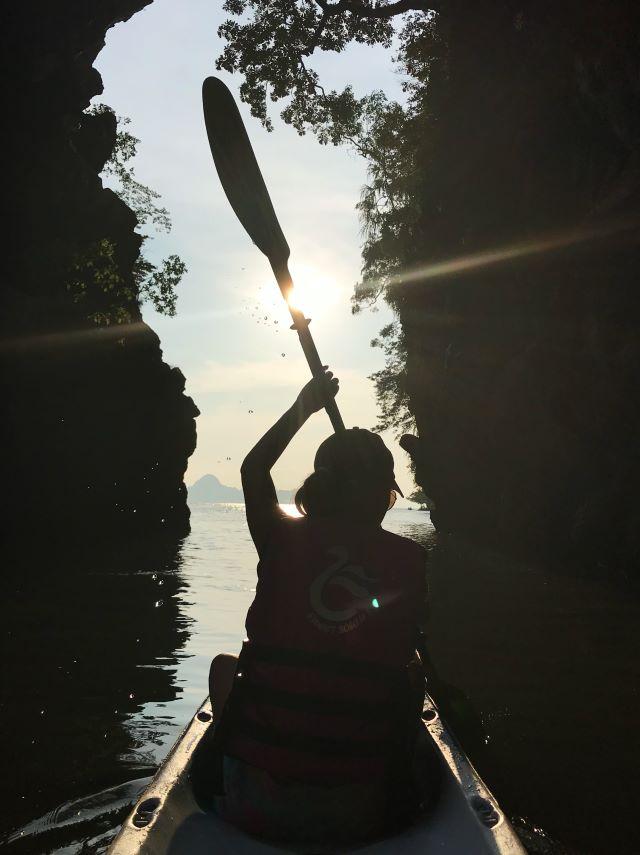
Paddling in rivers and streams can be an exhilarating experience, but it requires skill and preparation. Practice these techniques and safety measures to ensure a safe and enjoyable adventure on the water.
Safety considerations and strategies for ocean kayaking
Kayaking in the ocean offers breathtaking views and unique experiences, but it also presents distinct challenges and risks. To ensure your safety while ocean kayaking, follow these essential considerations and strategies:
- Proper Training: Before venturing into the ocean, acquire proper kayaking skills and knowledge. Take lessons from certified instructors, particularly those with experience in ocean kayaking.
- Weather Awareness: Monitor weather conditions meticulously before your trip. Wind, waves, tides, and currents can change rapidly and significantly impact your safety. Avoid kayaking in adverse weather or unfamiliar conditions.
- Tides and Currents: Learn about tidal patterns in your area, as they can influence your journey. Plan your paddling schedule to take advantage of favorable tidal currents and avoid strong opposing currents.
- Float Plan: Always inform someone trustworthy about your kayaking plans, including your expected launch and return times, route, and emergency contacts. Stick to your plan as closely as possible.
- Navigation Tools: Equip yourself with navigational aids like a marine GPS device and a marine chart. These tools help you stay on course and accurately gauge your position.
- Marine Radio: Carry a waterproof VHF marine radio to communicate with other vessels, report emergencies, and listen to weather updates. Ensure you understand how to operate it.
- PFD and Safety Gear: Wear a high-quality personal flotation device (PFD) designed for ocean use. Also, have essential safety gear on hand, including a whistle, signaling devices, a first-aid kit, and a knife.
- Kayak Inspection: Regularly inspect your kayak for any signs of wear, damage, or leaks. Ensure that all hatches and bulkheads are secure to prevent water from entering the kayak.
- Cold-Water Protection: If kayaking in cold water, wear appropriate protective gear like a wetsuit or dry suit. Cold-water immersion can quickly lead to hypothermia.
- Leash and Safety Lines: Attach a paddle leash to prevent losing your paddle in rough conditions. Consider using a kayak-to-kayak towline for assistance in case of fatigue or strong currents.
- Emergency Skills: Familiarize yourself with self-rescue and assisted rescue techniques, including re-entry and roll. Carry a bilge pump or sponge to remove water from the kayak if necessary.
- Floatation Devices: Install flotation bags or bulkheads in your kayak to help it stay afloat if capsized. This prevents it from sinking and makes recovery easier.
- Marine Life Awareness: Be mindful of local marine life, such as seals, dolphins, and whales. Keep a safe distance to avoid startling or disturbing these animals.
- Beach Launch and Landing: Learn how to launch and land your kayak safely in beach conditions. Timing your launch to coincide with the high tide can make this process easier.
- Know Your Limits: Assess your skills and experience honestly. Avoid paddling beyond your capabilities, especially when faced with challenging conditions.
- Respect Local Regulations: Familiarize yourself with local regulations, marine protected areas, and restricted zones. Comply with all rules and guidelines.
- Leave No Trace: Practice responsible outdoor ethics by not disturbing wildlife, avoiding littering, and leaving the marine environment as pristine as you found it.
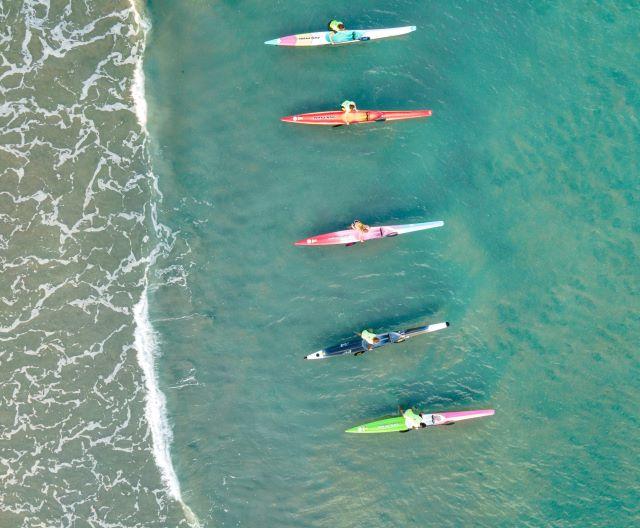
Ocean kayaking can be a rewarding and exhilarating activity, but safety should always be a top priority. By staying informed, prepared, and attentive to changing conditions, you can enjoy the beauty of the ocean while minimizing risks.
The Joy of Kayaking: Benefits and Rewards
Physical and mental health benefits of kayaking
Kayaking isn’t just a thrilling outdoor adventure; it also offers a wide array of physical and mental health benefits. Here’s how this water-based activity can contribute to your overall well-being:
Physical Health Benefits:
- Cardiovascular Workout: Kayaking provides an excellent cardiovascular workout. Paddling engages your upper body muscles, including your arms, shoulders, and chest, while the continuous motion enhances heart health and endurance.
- Strength and Toning: Regular kayaking can help strengthen your core, back, and leg muscles as you stabilize and maneuver the kayak. This toning effect is particularly noticeable in your obliques and triceps.
- Low-Impact Exercise: Unlike high-impact activities like running, kayaking is gentle on the joints. It’s an ideal option for individuals looking for a full-body workout without the risk of joint strain.
- Weight Management: Kayaking can assist with weight management by burning calories and improving metabolism. Paddling for an hour can burn between 300 to 500 calories, depending on your intensity.
- Improved Flexibility: The twisting and turning movements while kayaking promote flexibility in your torso and spine. Regular stretching during kayaking helps maintain and improve your range of motion.
Mental Health Benefits:
- Stress Reduction: Being surrounded by water and nature has a calming effect on the mind. Kayaking allows you to escape the stresses of daily life, promoting relaxation and reducing stress levels.
- Mindfulness and Meditation: Paddling on serene waters encourages mindfulness and a meditative state. The rhythmic motion and soothing sounds of water create an environment conducive to mental clarity.
- Enhanced Mood: Physical activity triggers the release of endorphins, which are natural mood lifters. Kayaking can boost your mood, alleviate symptoms of depression, and increase feelings of happiness.
- Connection with Nature: Kayaking offers a unique opportunity to connect with the natural world. Observing wildlife, listening to the sounds of nature, and feeling the water beneath you foster a sense of tranquility and appreciation for the environment.
- Increased Self-Esteem: Achieving proficiency in kayaking can boost your self-esteem and confidence. Setting and accomplishing paddling goals can provide a sense of achievement.
- Social Interaction: Kayaking can be a social activity when done with friends or in group settings. Socializing while enjoying nature can help combat feelings of loneliness and isolation.
- Time in the Sun: Exposure to natural sunlight during kayaking stimulates the production of vitamin D, which is essential for maintaining mental health and well-being.
- Improved Focus: Kayaking requires concentration and focus, helping to clear your mind of distractions and promote mental sharpness.
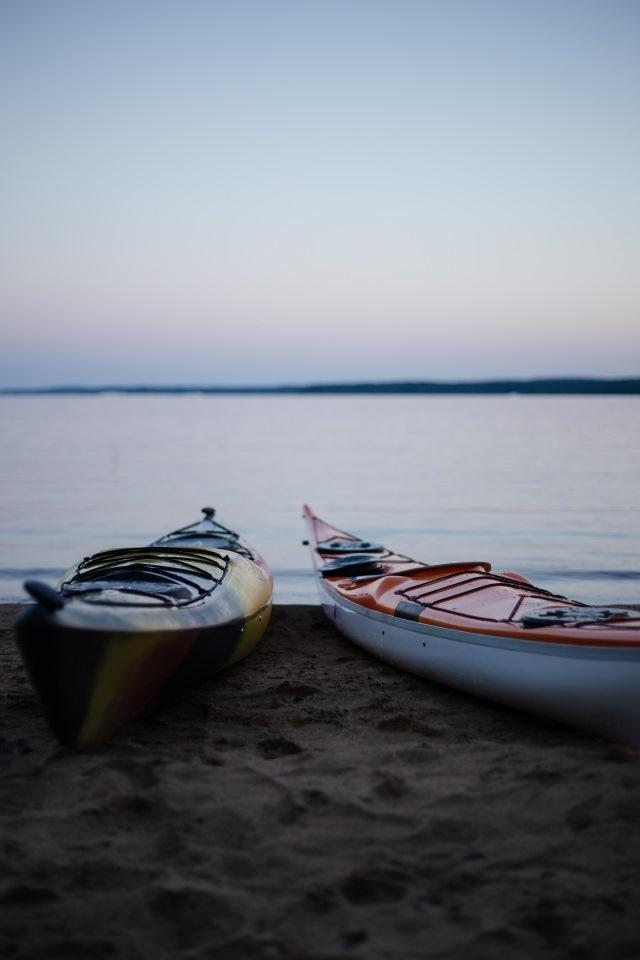
Whether you paddle on tranquil lakes, or meandering rivers, or explore the challenges of ocean kayaking, this outdoor activity can offer a holistic approach to enhancing your physical and mental health. The combination of exercise, natural beauty, and mental serenity makes kayaking an enjoyable and rewarding endeavor for people of all ages and fitness levels.
Conclusion
Kayaking is more than just a thrilling water sport; it’s a gateway to a healthier, happier lifestyle. Whether you’re gliding through serene lakes, navigating winding rivers, or venturing into the dynamic world of ocean kayaking, the benefits of this activity are boundless.
Physically, kayaking offers a full-body workout, strengthening muscles, improving flexibility, and aiding in weight management. Its low-impact nature makes it accessible to people of varying fitness levels while being gentle on the joints.
Mentally, kayaking provides a mental escape from the stresses of everyday life. It promotes mindfulness, reduces stress, enhances mood, and fosters a profound connection with nature. The sense of accomplishment from mastering kayaking skills can boost self-esteem and confidence.
Ultimately, kayaking is not just a sport; it’s a holistic experience that rejuvenates your body and soul. So, grab a paddle, embark on a kayaking adventure, and discover the myriad rewards it offers – from physical well-being to mental serenity. It’s time to embrace the joy of kayaking and let the water lead you to a healthier, happier you.
FAQs:
Can I go kayaking alone?
Yes, you can go kayaking alone, but it’s essential to prioritize safety. If you’re a beginner or inexperienced kayaker, it’s advisable to start with guided trips or kayaking in groups until you are confident in your skills. Always inform someone about your kayaking plans, wear a personal flotation device (PFD), and carry safety equipment such as a whistle and a communication device.
Are there any age restrictions for kayaking?
Kayaking is a versatile activity suitable for various age groups. There are no strict age restrictions, but it’s crucial to consider individual abilities and physical fitness. Children as young as 6 or 7 can enjoy kayaking with appropriate supervision and equipment. Older adults can also partake in kayaking, provided they are in good health and choose suitable kayaking environments.
Do I need prior experience to start kayaking?
No prior experience is necessary to start kayaking, as it’s a beginner-friendly activity. Many people begin with introductory lessons or guided tours to learn the basics. However, it’s essential to acquire essential paddling skills, safety knowledge, and familiarity with different kayaking environments before venturing into more challenging waters. Always prioritize safety and continuously improve your kayaking skills through practice and learning.


